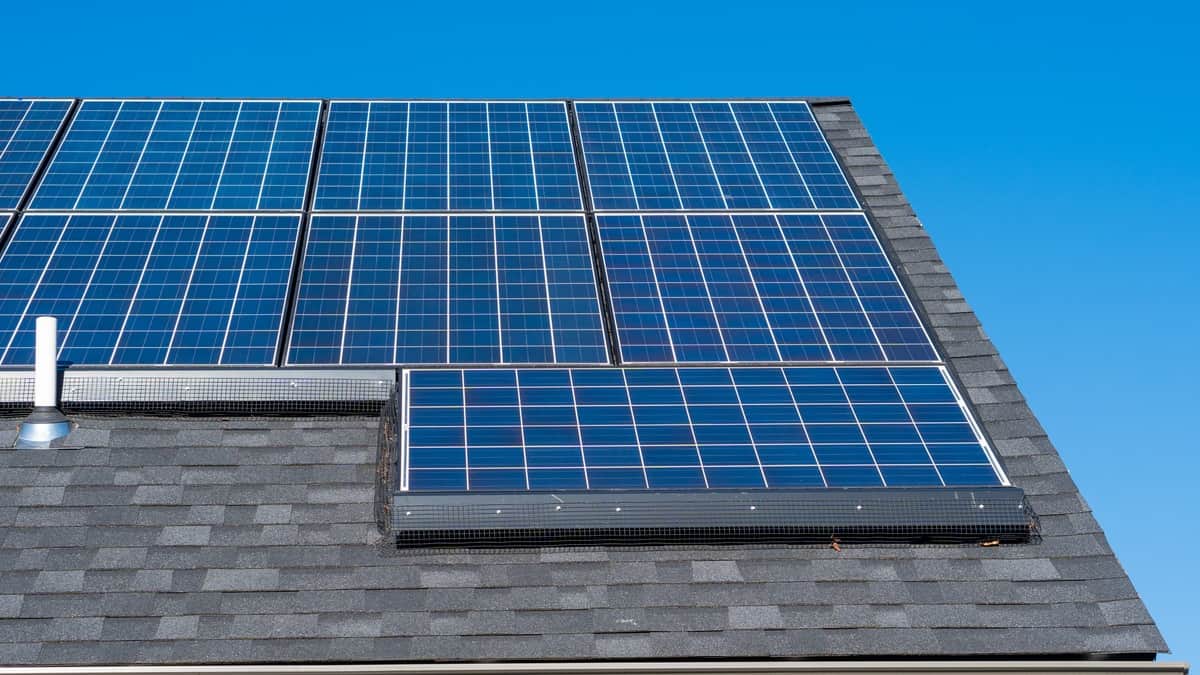Princeton University and the King Abdullah University of Science and Technology (KAUST) researchers conducted interesting research that could significantly redefine the solar energy industry.
According to the research findings, integrating two solar technologies can enhance the efficiency and stability of solar cells.
Research highlights
The research titled “Reverse-bias resilience of monolithic perovskite/silicon tandem solar cells” was published on Joule on September 5, 2023.
Below are the main findings, as the researchers indicated in the paper:
- “Si subcell protects the perovskite subcell from reverse-bias-induced degradation
- Reverse-bias stability was evaluated by module-relevant partial shading tests
- Monolithic perovskite/silicon tandems demonstrate excellent reverse-bias resilience”
Notably, the researchers integrated the widely adopted silicon solar cell with the new perovskite in a solar cell. They strongly believe combining these two technologies will enhance its efficiency and stability.
The findings revealed that the bond between the two solar technologies protects the perovskite subcell from potential breakdown due to high voltage. At the same time, it also achieves better efficiencies compared to the two cells’ separate capabilities.
“Tandem solar cells have already demonstrated power conversion efficiencies that are greater than either silicon or perovskite solar cells alone. We thought that in addition to their higher efficiencies, tandem solar cells could also solve some of the stability challenges facing perovskites by linking them with silicon cells, which are much more stable.”
Research Leader Barry Rand
Significance
Silicon solar cells have already been prevalent in the renewable energy industry. However, there is still a need to boost performance as devices hit their efficiency boundaries.
That said, researchers developed an innovative approach by integrating silicon cells with new technologies to increase efficiencies.
Crystal-based solar cells are an ideal example of such technologies, as they offer cheaper add-ons. However, perovskite cells are more prone to voltage-cased degradation. The report even noted that just a cast shadow from tree branches can destroy a complete module within minutes.
Remarkably, the researchers successfully addressed that stability issue by integrating them with more stable silicon cells.
“When you combine two different materials to form a final product, usually it’s the weakest link that ends up determining the overall strength of the chain. But in this case, it’s actually the stronger component that protected the weaker one.”
Stefaan De Wolf, KAUST Material Science and Engineering Professor and Research Co-author
Potential for commercialization
The research suggests that perovskites can be commercialized by integrating them with silicon solar cells.
It would be the best approach, as silicon solar cells already have an established production ecosystem. Therefore, this proposal can accelerate the volume production of perovskites instead of creating a new competing manufacturing process.
Despite the significant advancement, the researchers admitted that other challenges still need to be addressed for tandem solar cells to reach commercialization. Some of these include their weak heat resilience, which the researchers expect to be explored in the future.
“If some other stability challenges can be solved, tandem solar cells could essentially take an already successful commercial technology and make it even better. Our results make a strong case that tandem devices should be an all-hands-on-deck area for future solar research.”
Research Leader Barry Rand
See Also:
- IRA boosts US Solar and Storage industry by more than $100B
- Tesla to introduce ‘Drive on Sunshine’ option that charges Tesla with excess solar
- Solar power to become the cheapest source of electricity, DNV forecasts
- Wind and Solar outpace coal in electricity generation in the US during Q1 2023
- US-India JV commits $1.5B to establish solar manufacturing plants in the US
Princeton University and KAUST’s research can significantly encourage more studies regarding the potential of tandem solar cells in enhancing efficiency and stability. In addition, it can further expand the solar energy industry, which is expected to advance as the cheapest electricity source by 2050.

